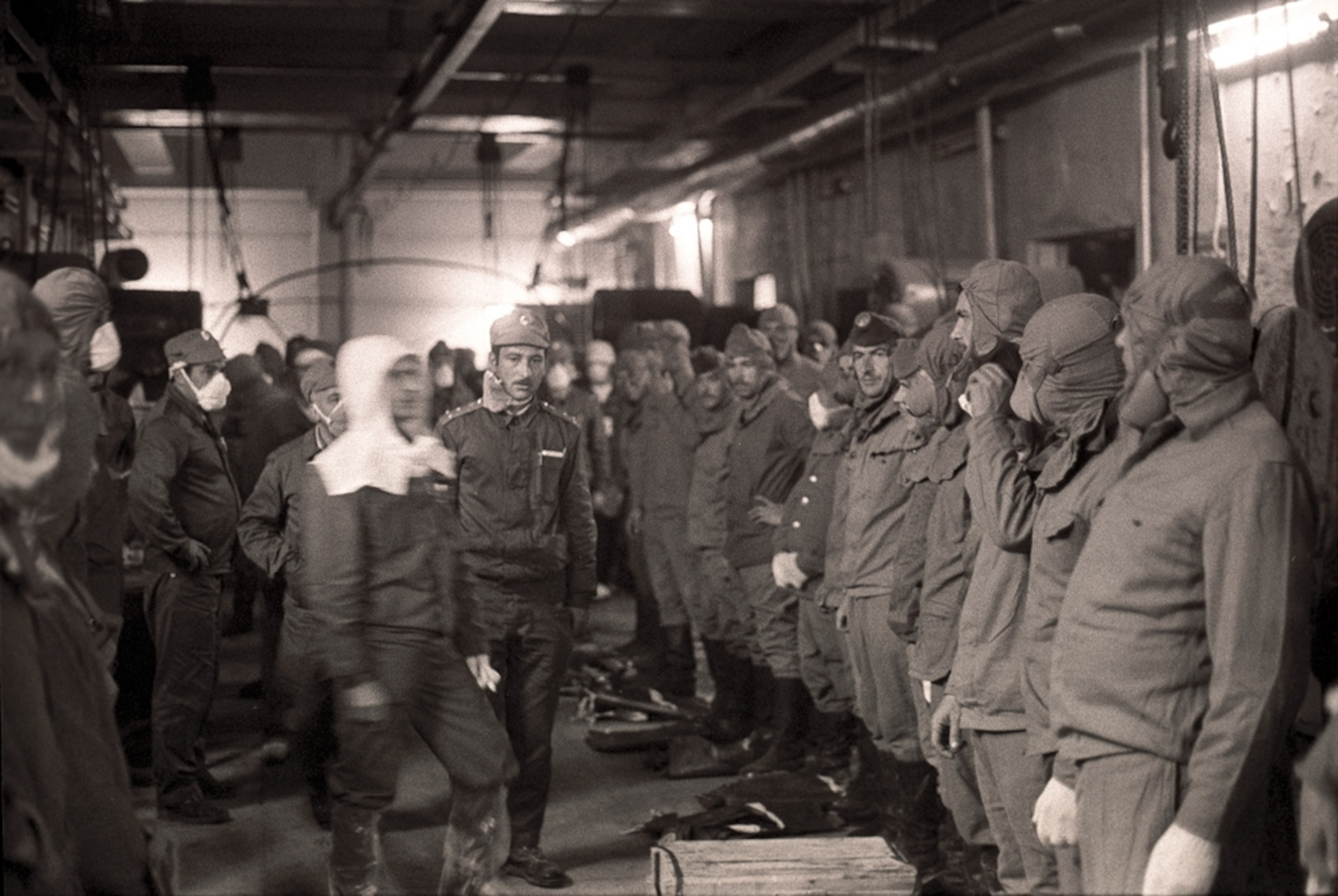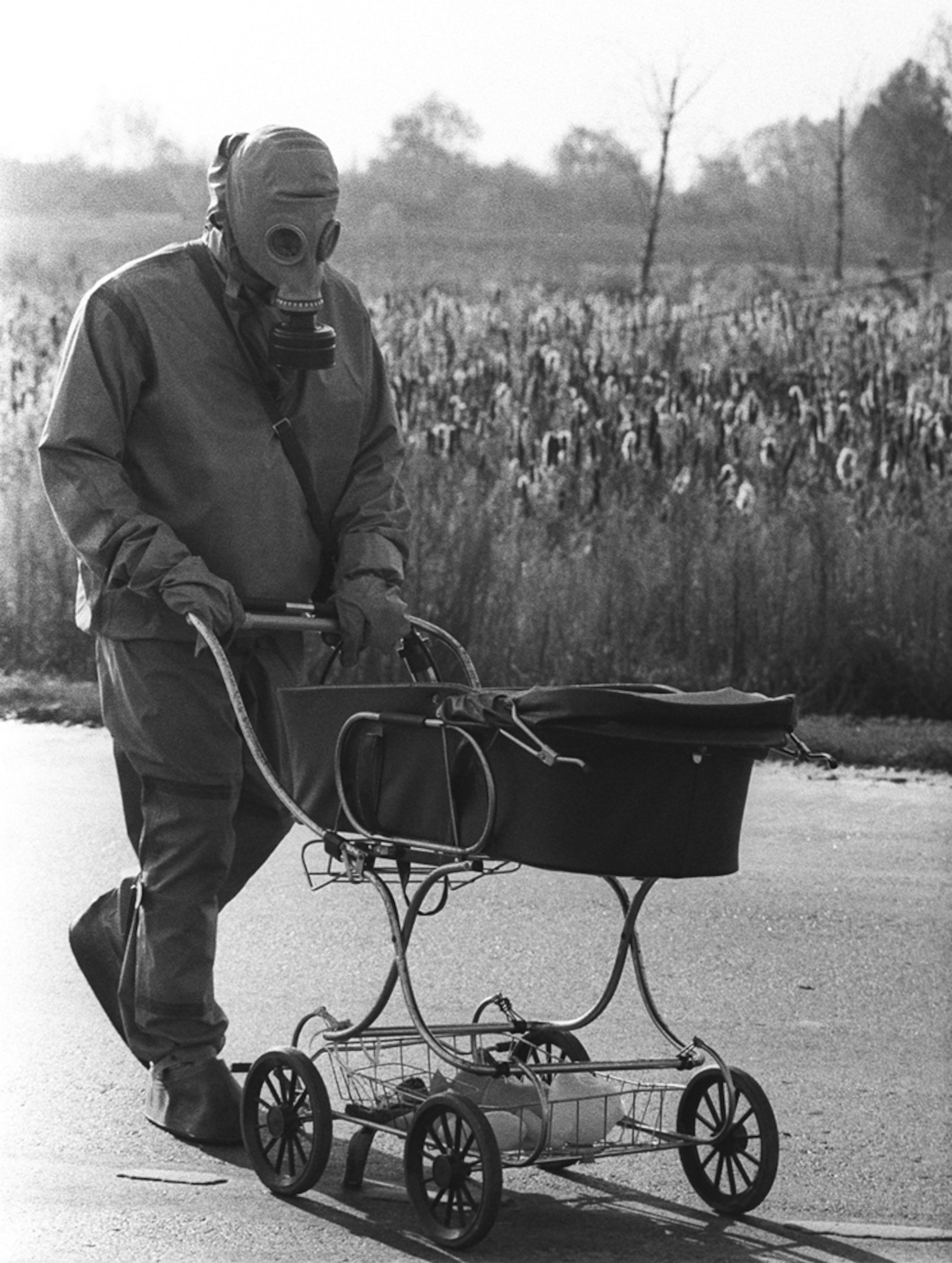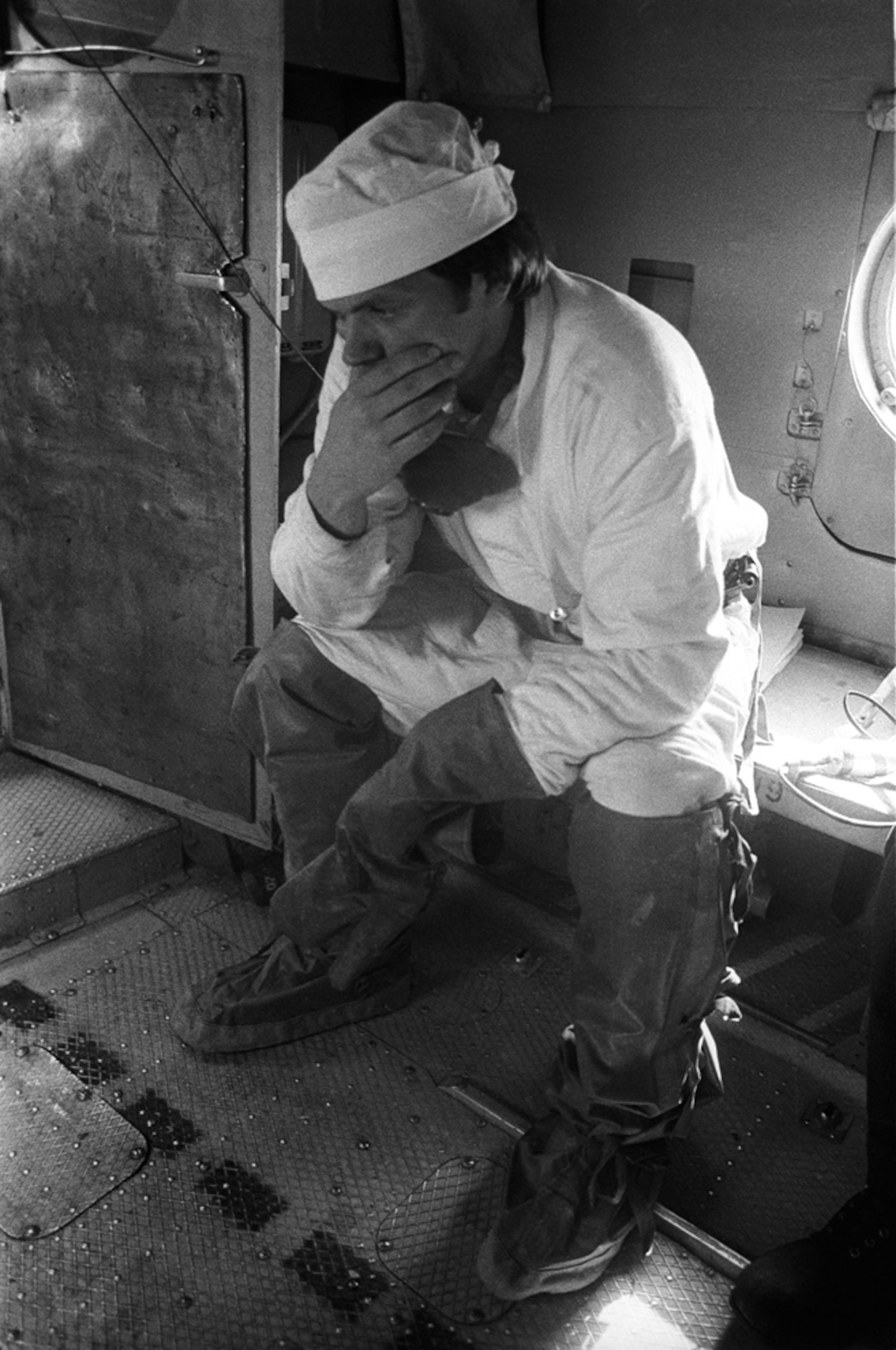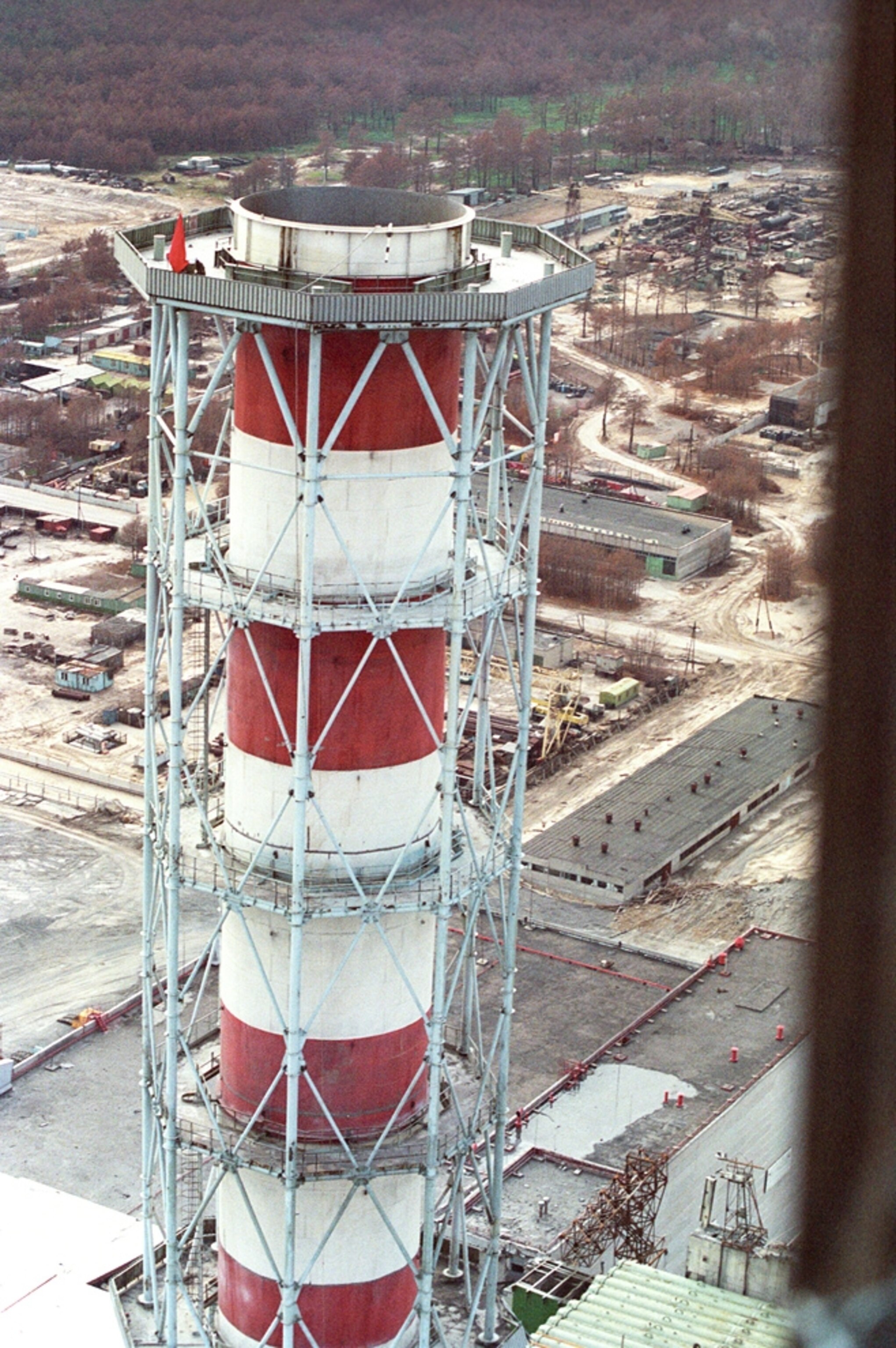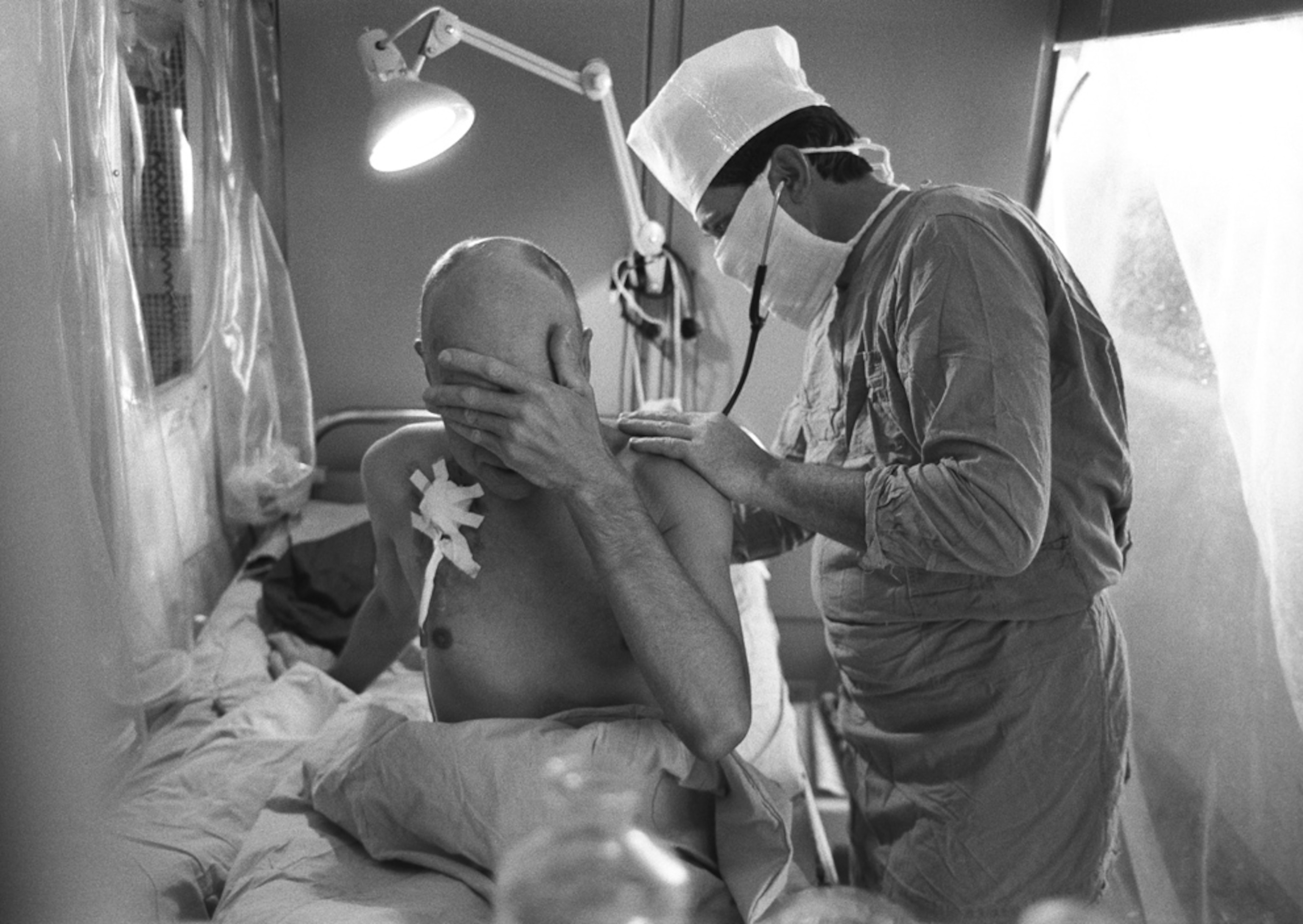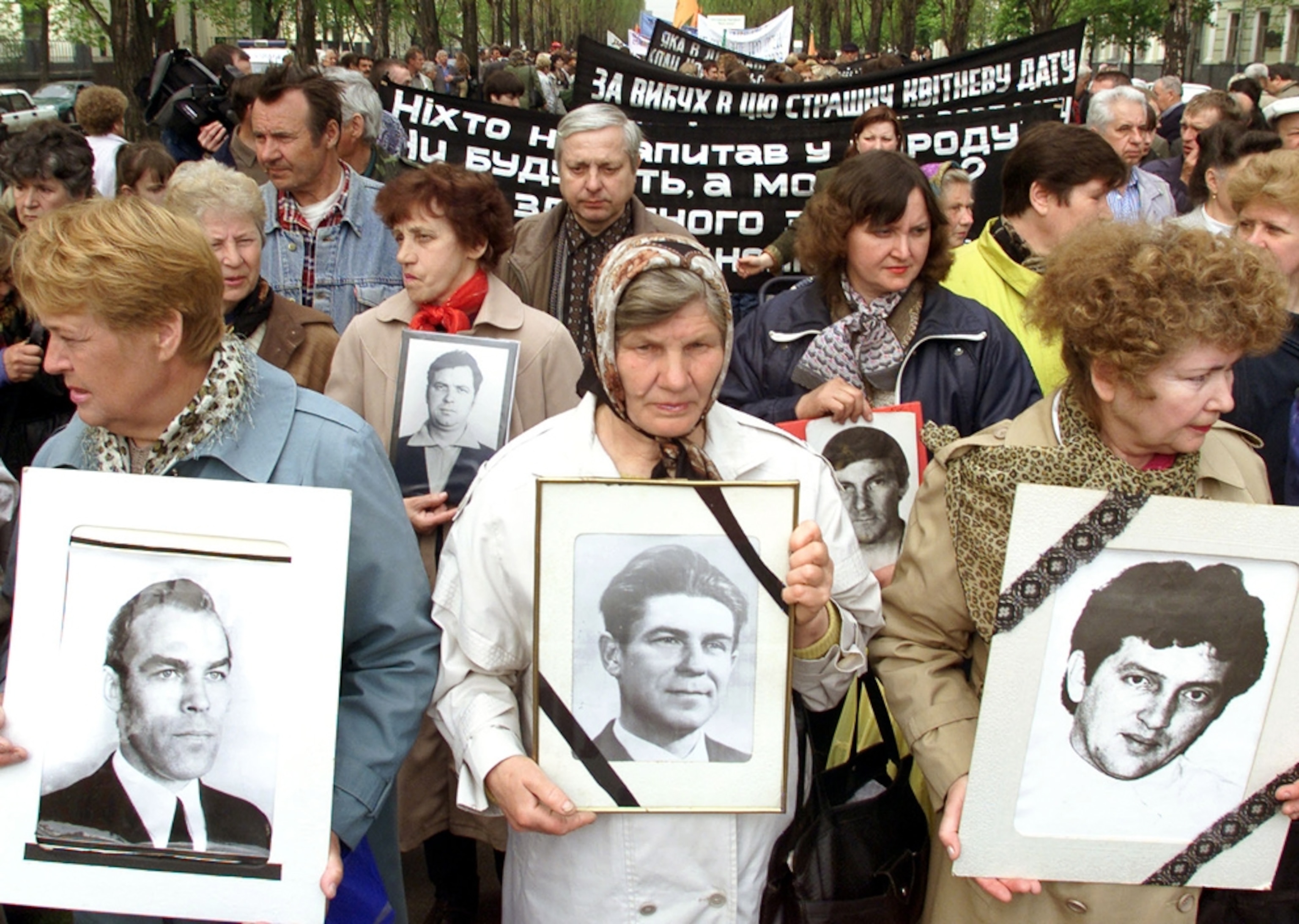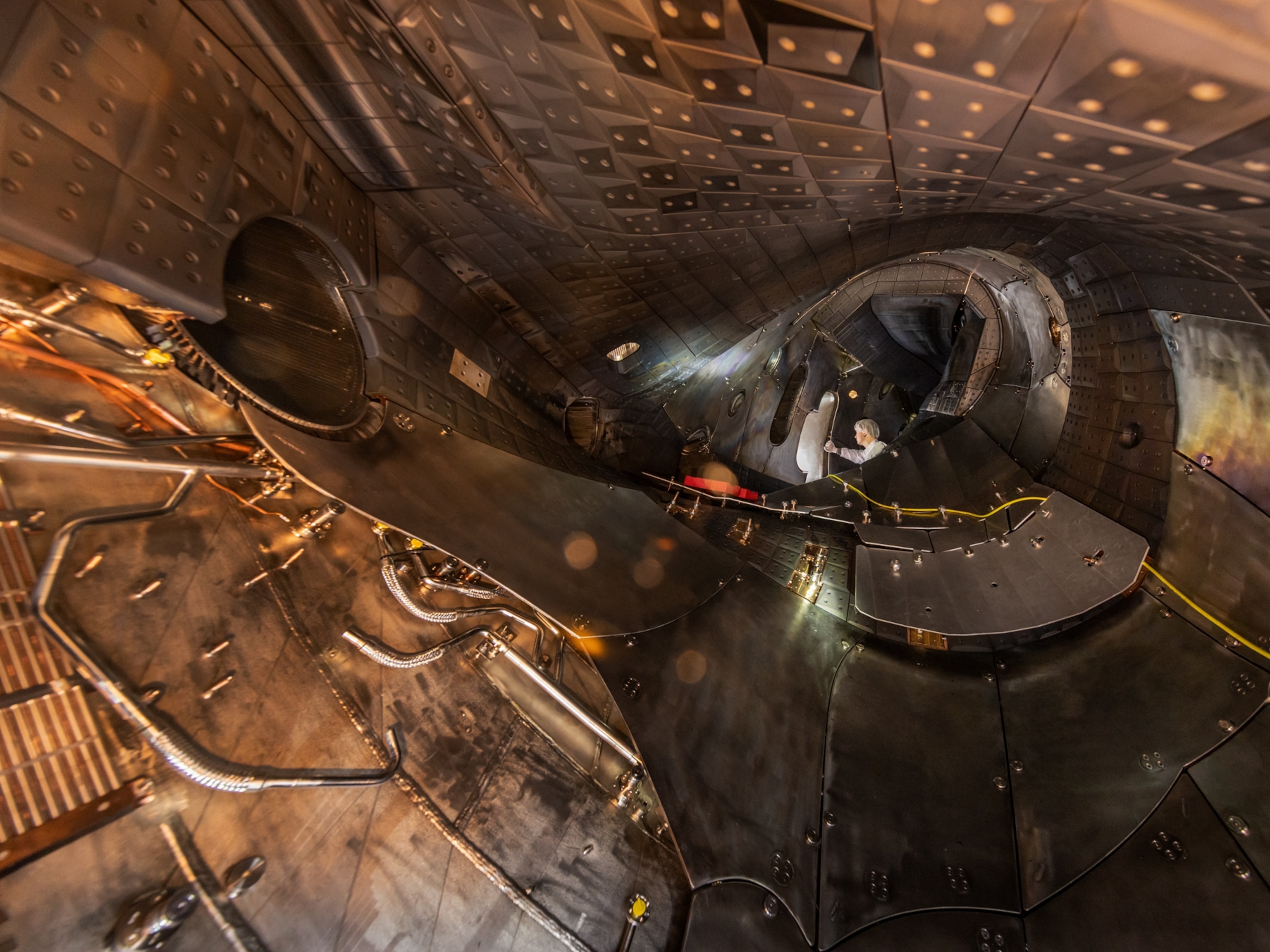1 of 9
Photograph by Igor Kostin, Sygma/Corbis
Pictures: "Liquidators" Endured Chernobyl 25 Years Ago
Robots couldn't handle the intense radiation at Chernobyl, so the dangerous nuclear cleanup job fell to the "liquidators" — a corps of soldiers, firefighters, miners, and volunteers.
April 28, 2011



